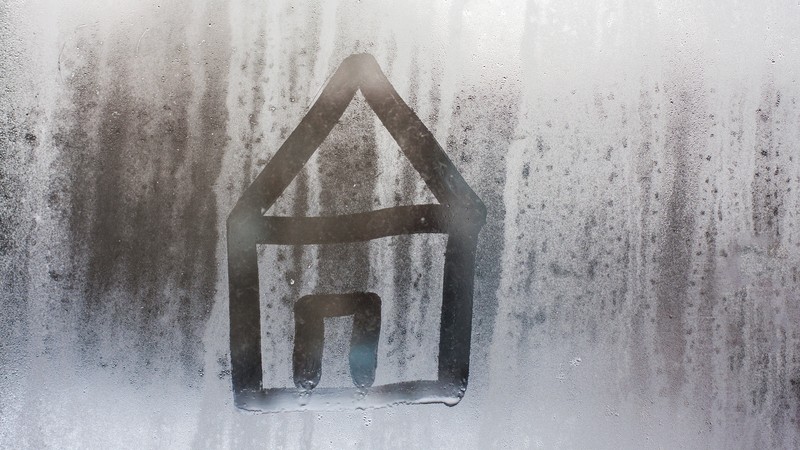How do you reduce condensation in your loft?
Reducing condensation in your loft is crucial for preventing moisture-related issues such as mould growth, wood rot, and damage to insulation. Here are some practical ways to minimize condensation in your loft:
- Improve Ventilation: Ensure proper ventilation in the loft space. Good ventilation allows moist air to escape, reducing the likelihood of condensation. Consider installing roof vents, gable vents, or soffit vents to facilitate airflow.
- Use Roof Vents: Roof vents are crucial in maintaining proper air circulation. Ridge vents, turbine vents, or box vents can be installed on the roof to allow warm, moist air to exit the loft. This helps in preventing condensation buildup.
- Install Soffit Vents: Soffit vents are located under the eaves and work with roof vents. They allow cool, dry air to enter the loft, promoting air circulation. The combination of soffit and roof vents is effective in reducing condensation.
- Ensure Proper Insulation: Adequate insulation helps regulate temperature and prevent warm, moist air from contacting cold surfaces, reducing the likelihood of condensation. Ensure that insulation is installed correctly and is in good condition.
- Seal Gaps and Leaks: Identify and seal any gaps, cracks, or leaks in the loft space. These openings allow warm air from the living room to enter the loft, leading to condensation on cold surfaces.
- Use Vapor Barriers: Consider installing vapour barriers to prevent moisture from entering the loft space. These barriers are particularly useful in preventing warm, humid air from reaching cold surfaces and causing condensation.
- Monitor Indoor Humidity Levels: Monitor indoor humidity levels, especially during activities that generate moisture, such as cooking and showering. Use exhaust fans in bathrooms and kitchens to expel moisture and maintain lower humidity levels.
- Use Dehumidifiers: If necessary, use a dehumidifier in the loft to reduce excess moisture in the air. This can be particularly helpful in areas with high humidity or during wet seasons.
- Insulate Pipework: Insulate pipes and ductwork to prevent them from becoming cold surfaces where condensation can occur. This is especially important in lofts where plumbing and HVAC systems are present.
- Allow for Airflow Around Stored Items: If you use your loft for storage, arrange items to allow for airflow. Avoid tightly packing items against the roof deck, as this can restrict ventilation and contribute to condensation.
- Regular Maintenance: Inspect your loft space for signs of condensation, leaks, or damaged insulation. Please address any issues promptly to prevent them from escalating.
Implementing these measures can create a loft environment less prone to condensation, promoting a healthier and more sustainable living space. If condensation issues persist, consulting with a professional insulation or ventilation specialist for personalised advice tailored to your situation may be beneficial.
By accepting you will be accessing a service provided by a third-party external to https://countrywidecoatings.co.uk/


